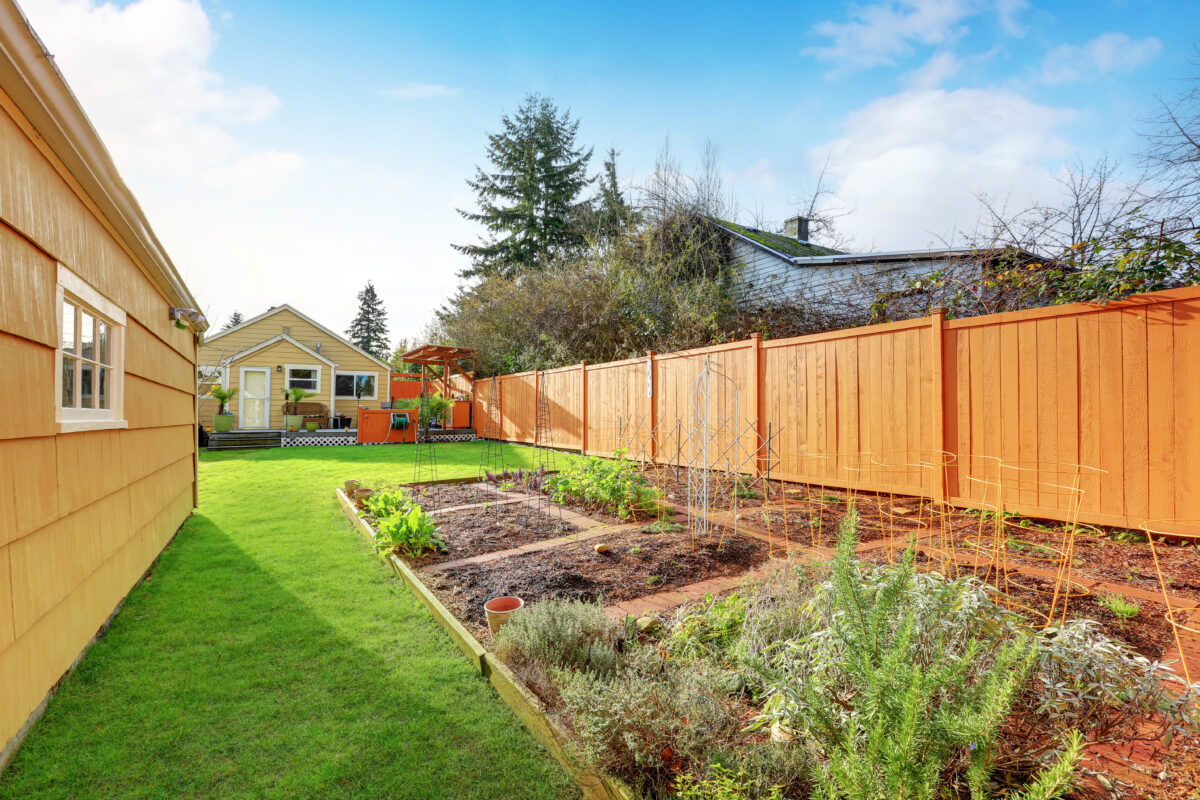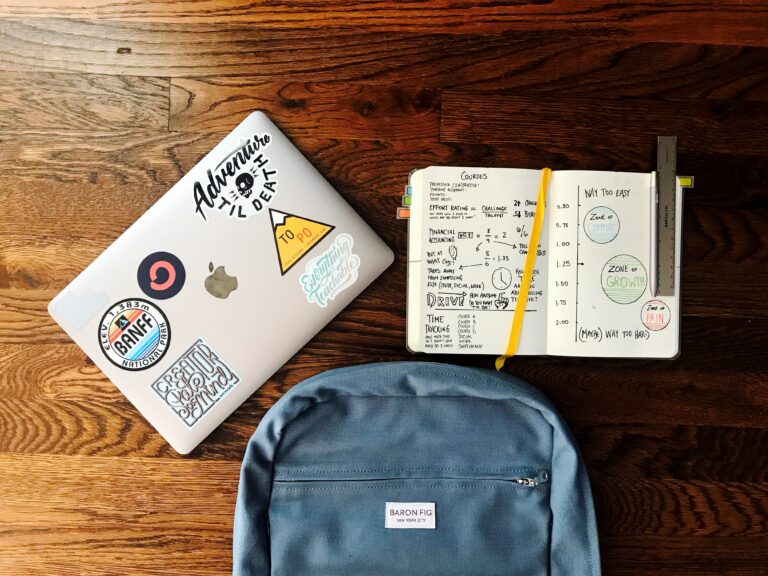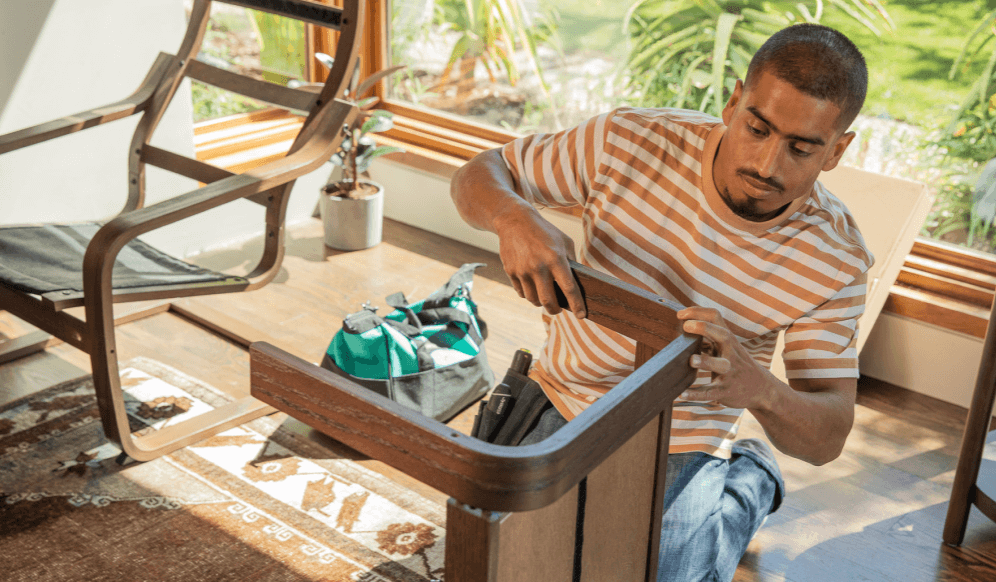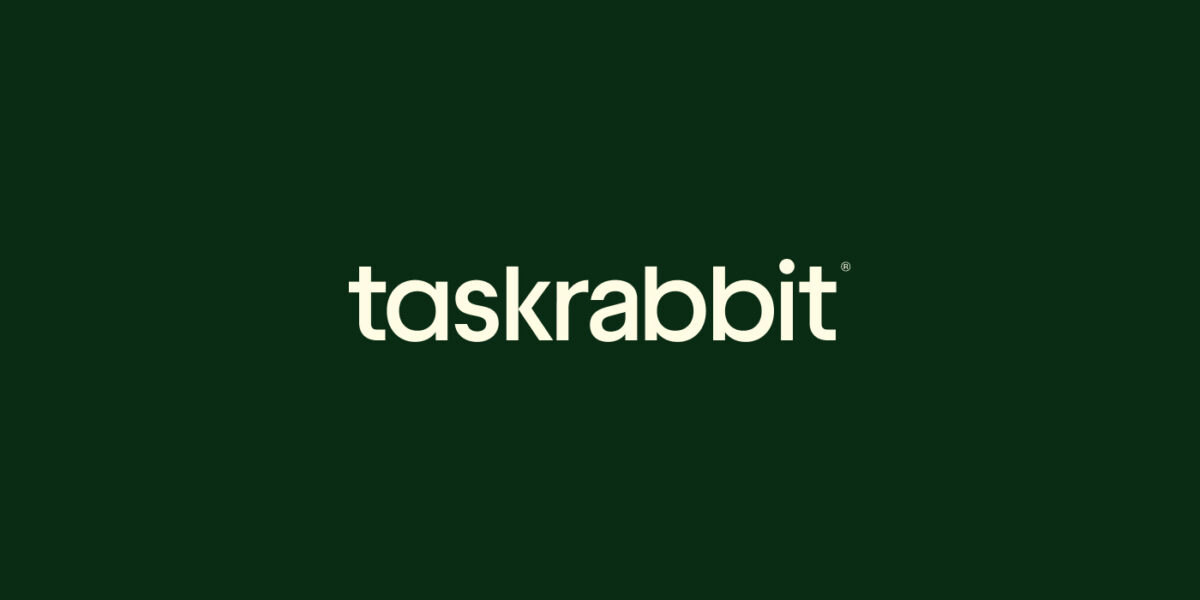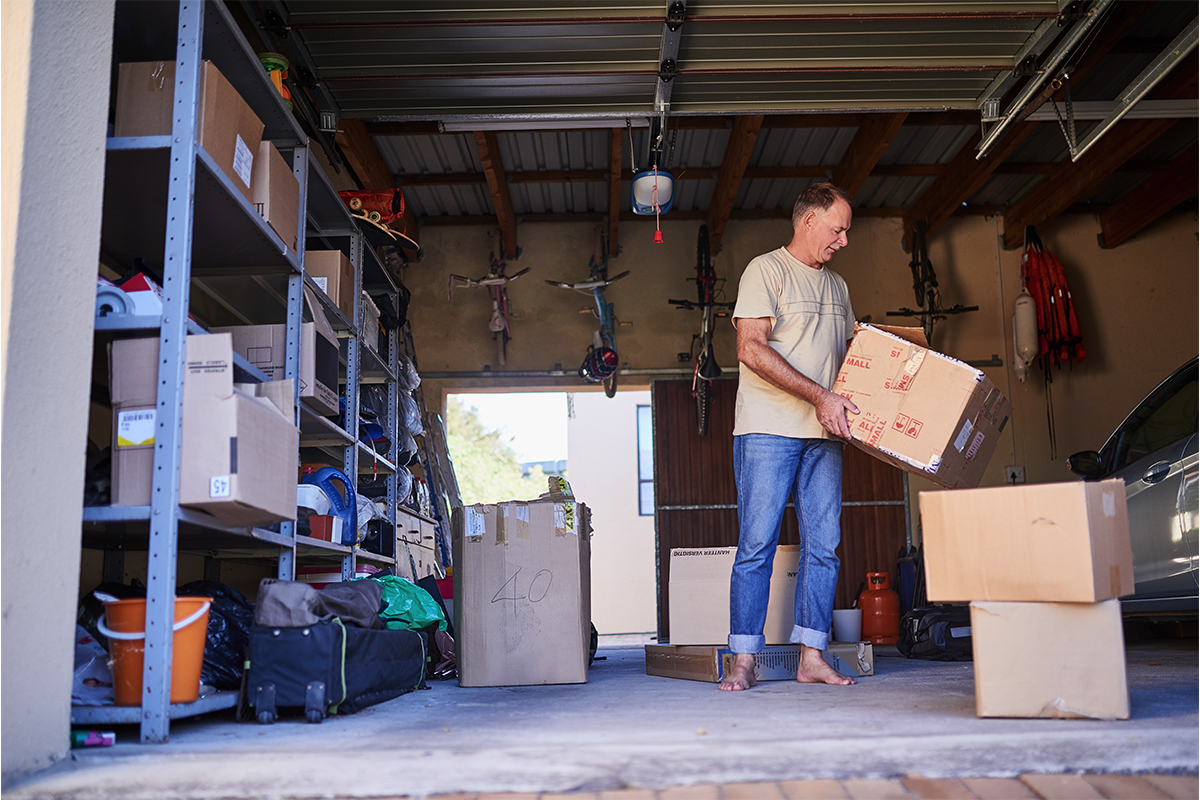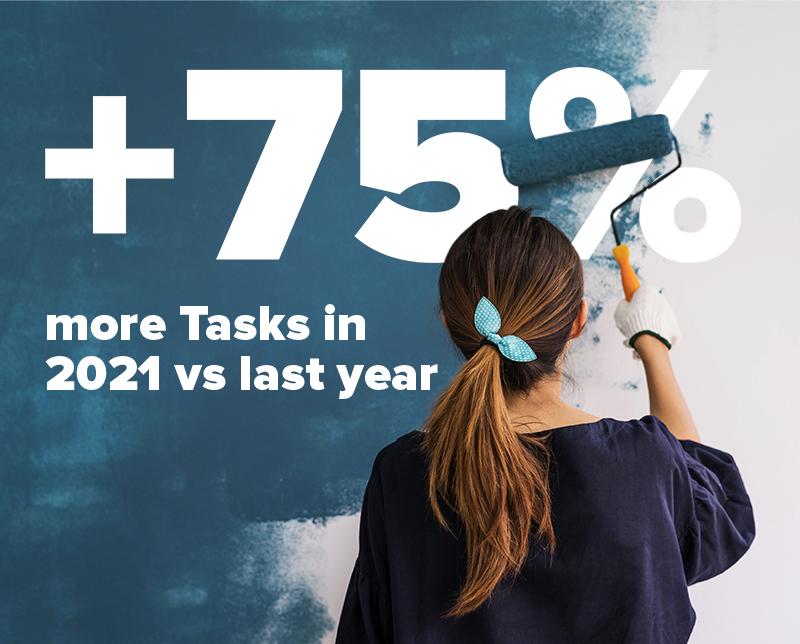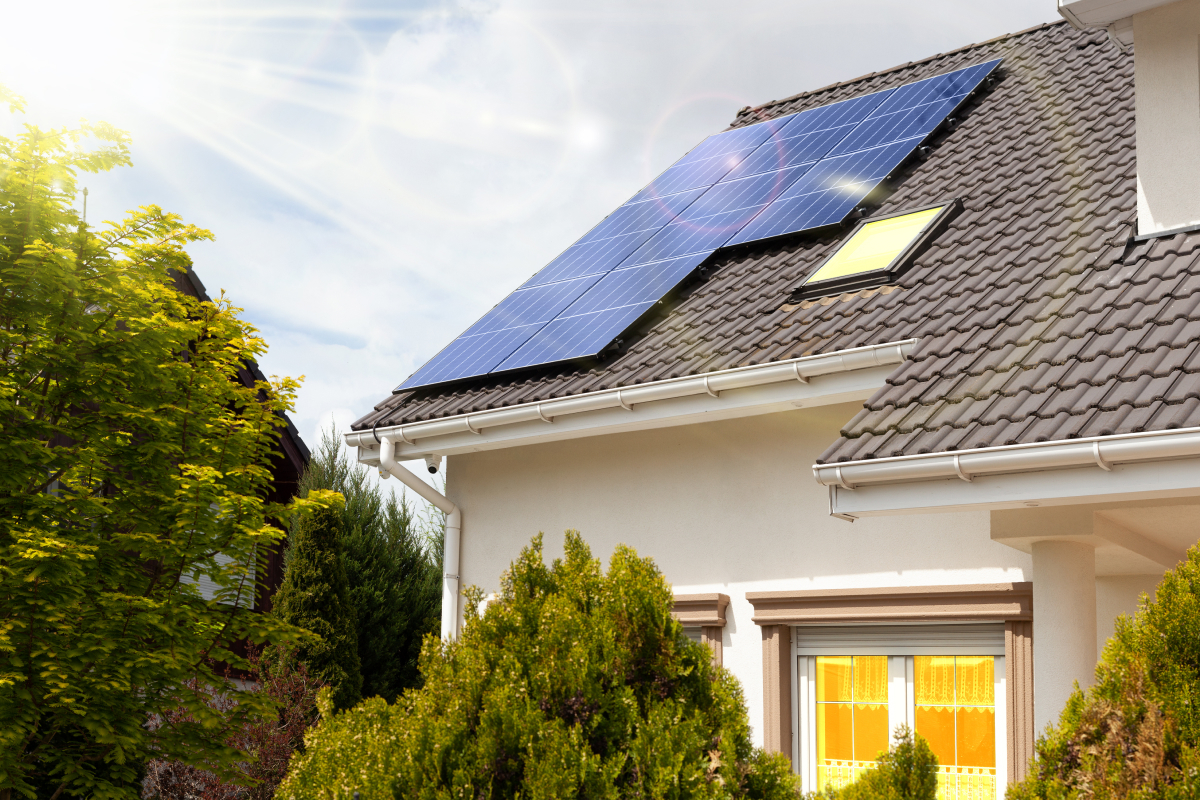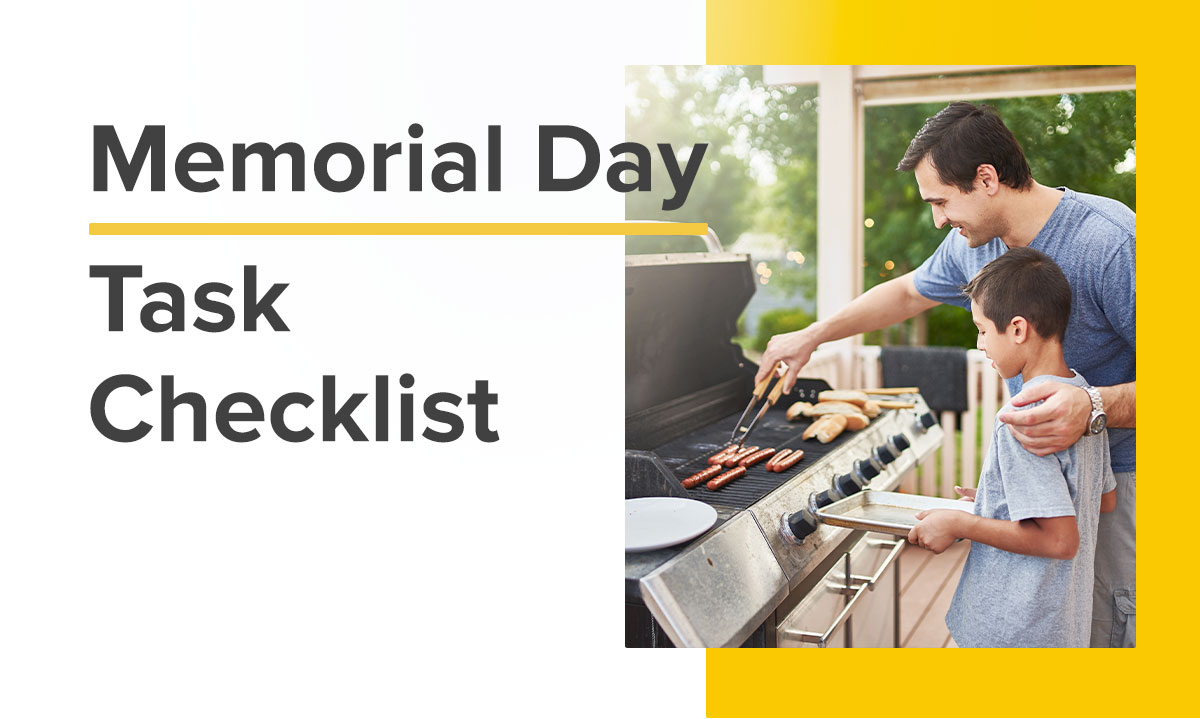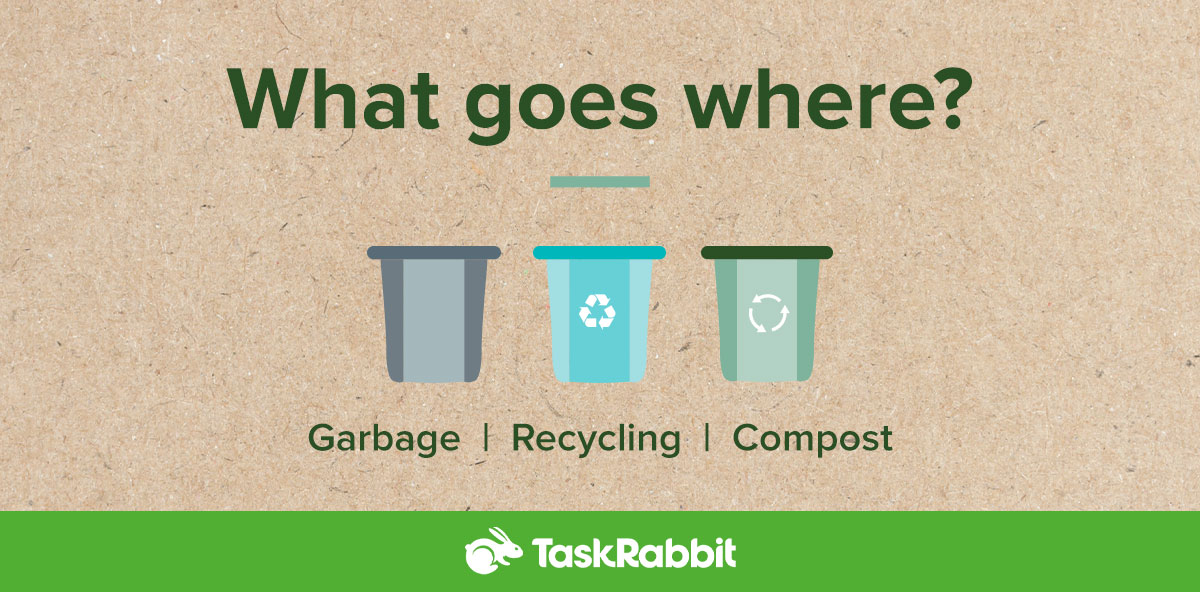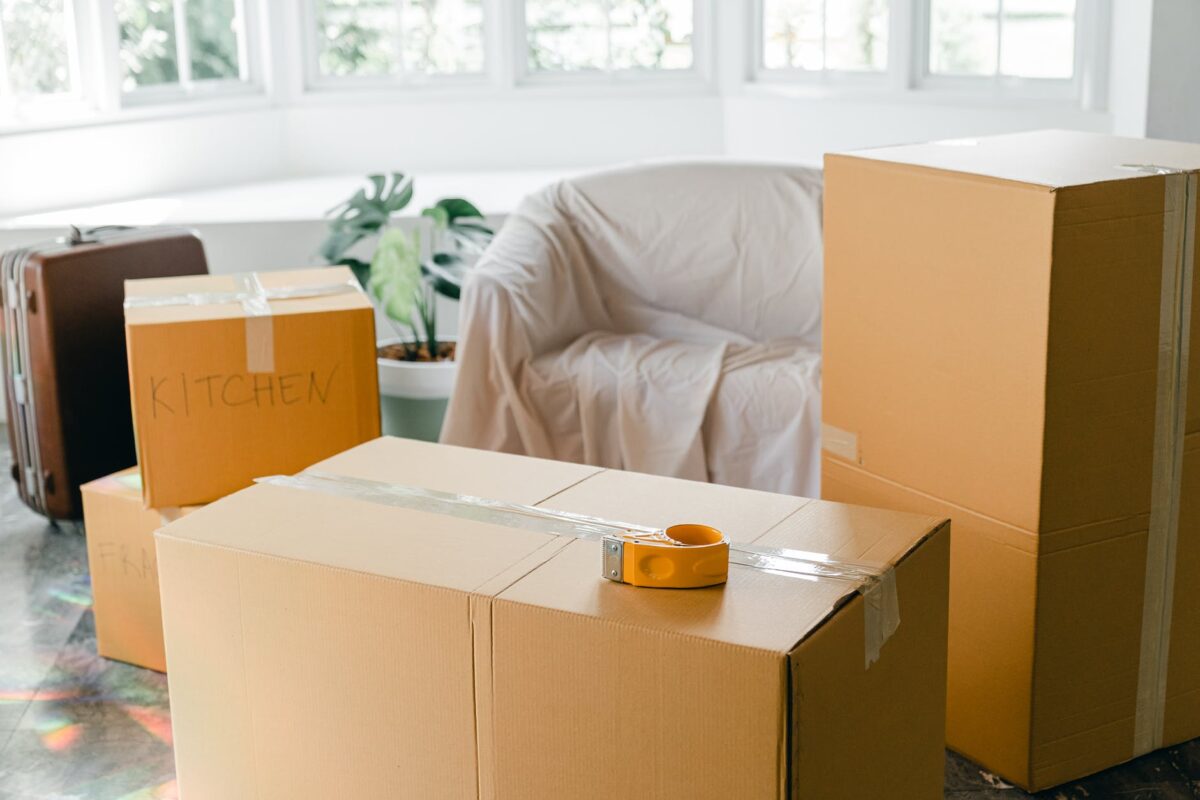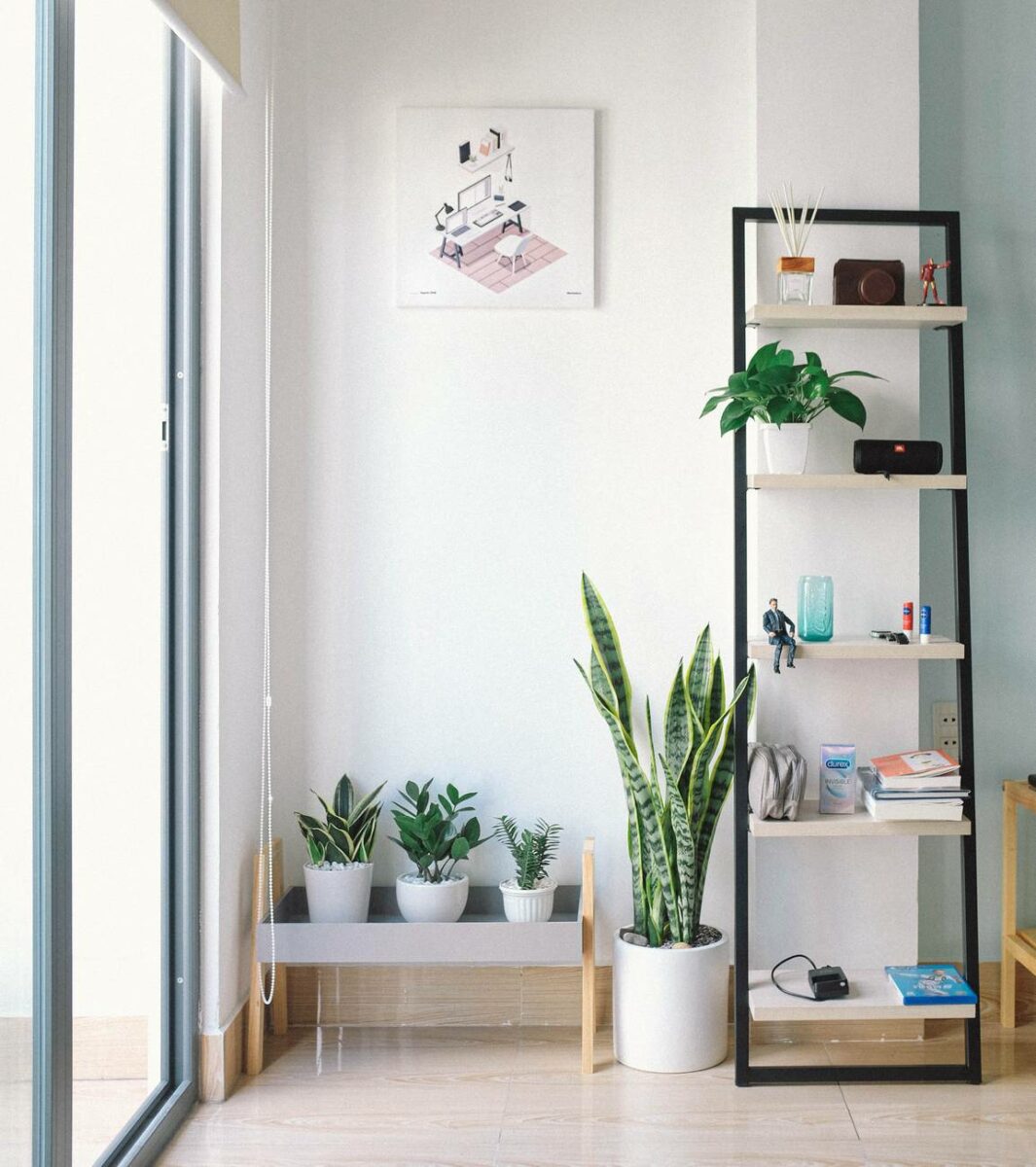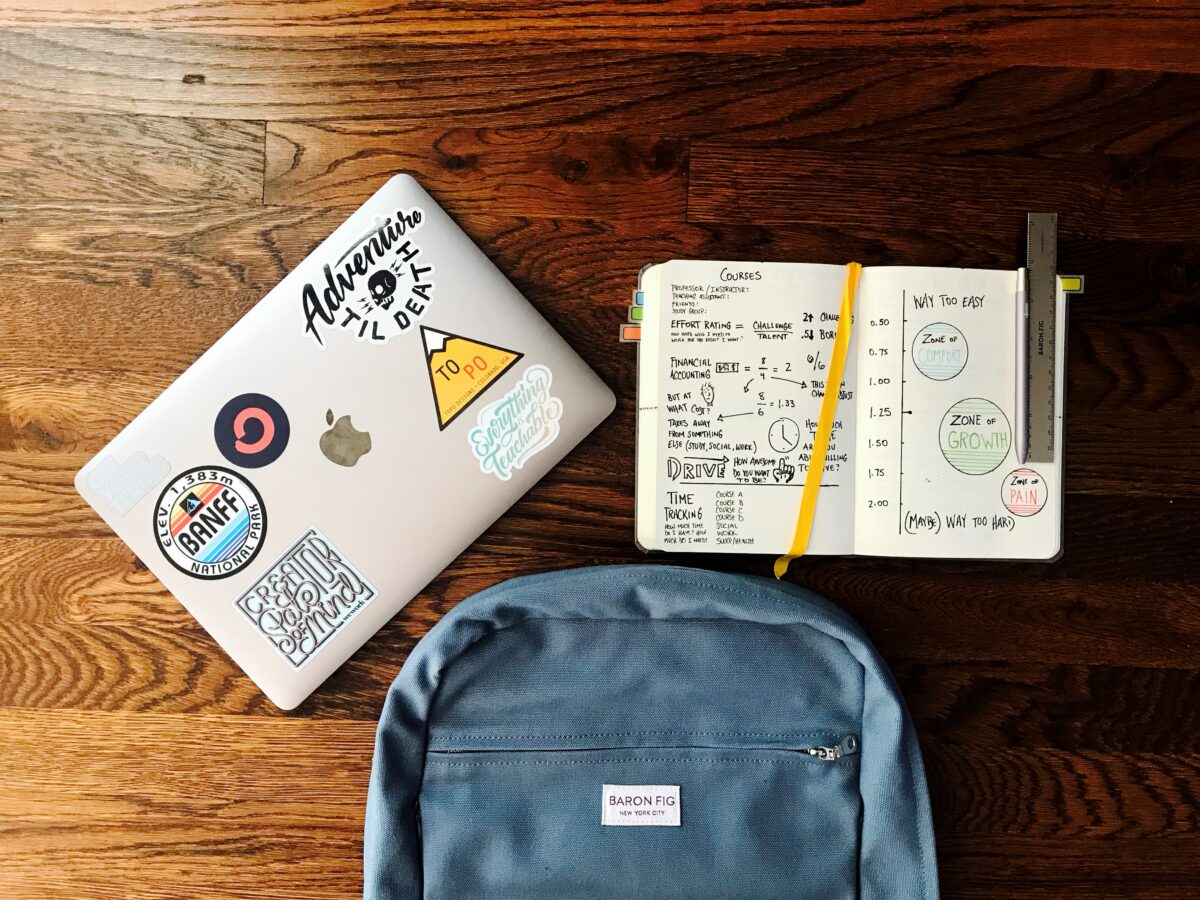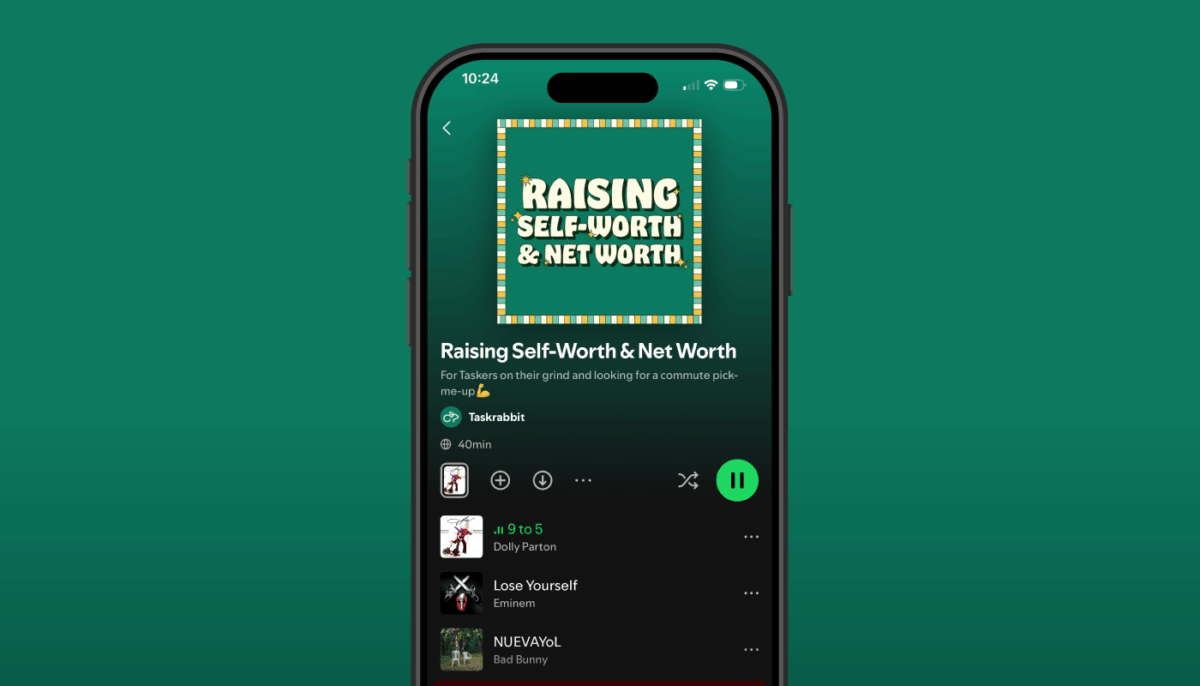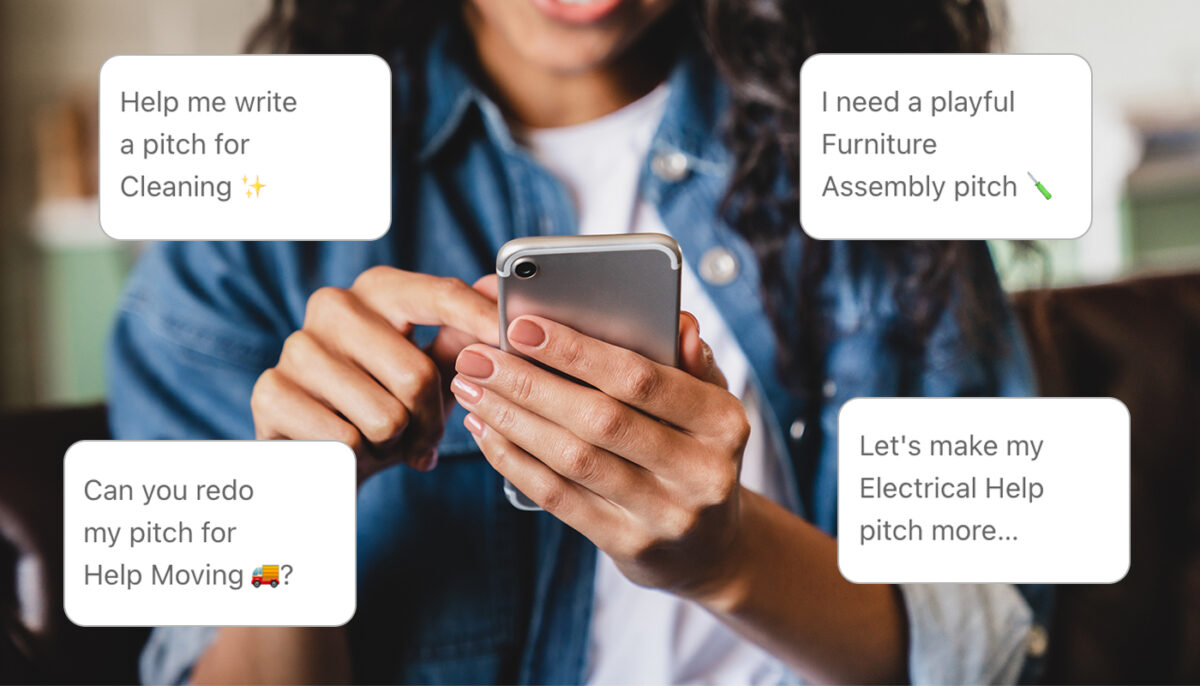Sustainability at home is a hot topic, and with good reason: green living is not only great for the environment, but for our pockets as well. With World Environmental Day this month, we wanted to share some of our favorite tips for living sustainably at home.
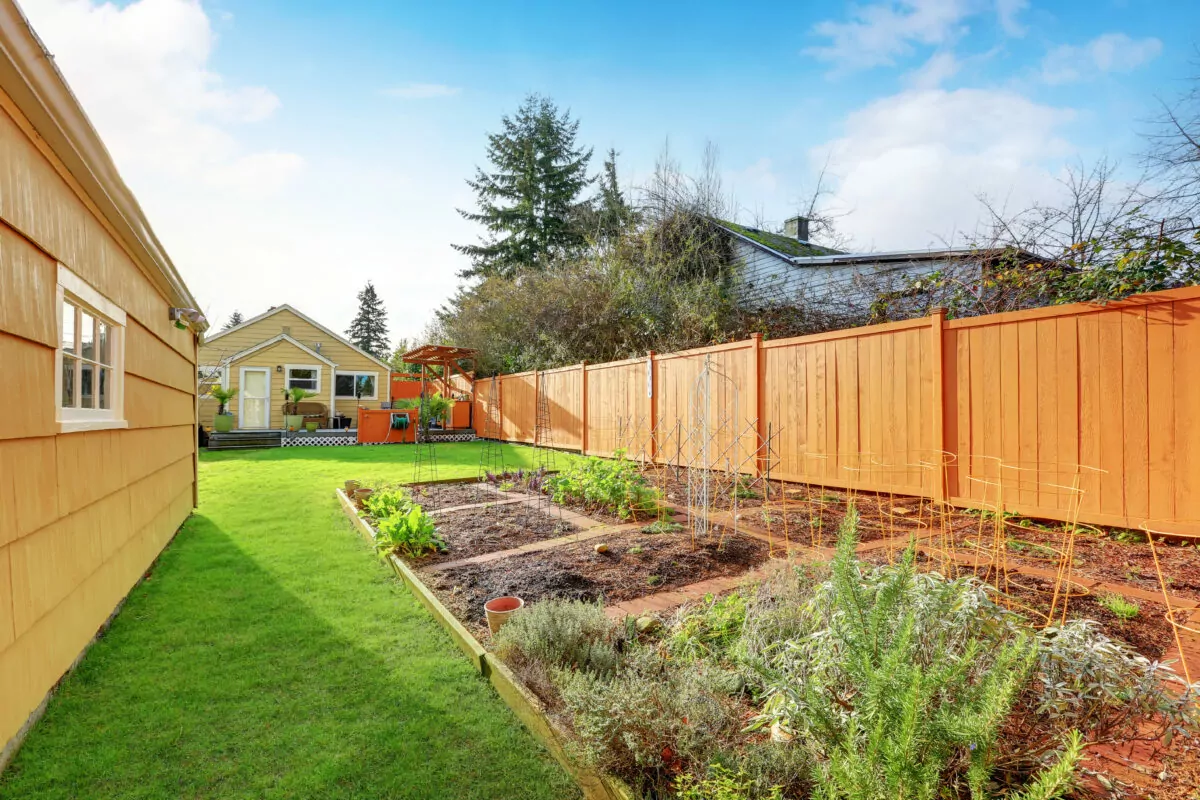
Plant A Backyard Vegetable Garden
One of the most delicious ways to practice sustainability at home is by planting your own backyard vegetable garden. If you’re new to gardening, there are a wide variety of fruits and vegetables that are easy to grow, according to GardenTech. The list is extensive: bell peppers, blackberries, raspberries, cabbage, cucumbers, garlic, strawberries, tomatoes, zucchini, and squash. If you’re not the green-thumb kind, book a Tasker to make your home-grown produce dreams come true. Yum!
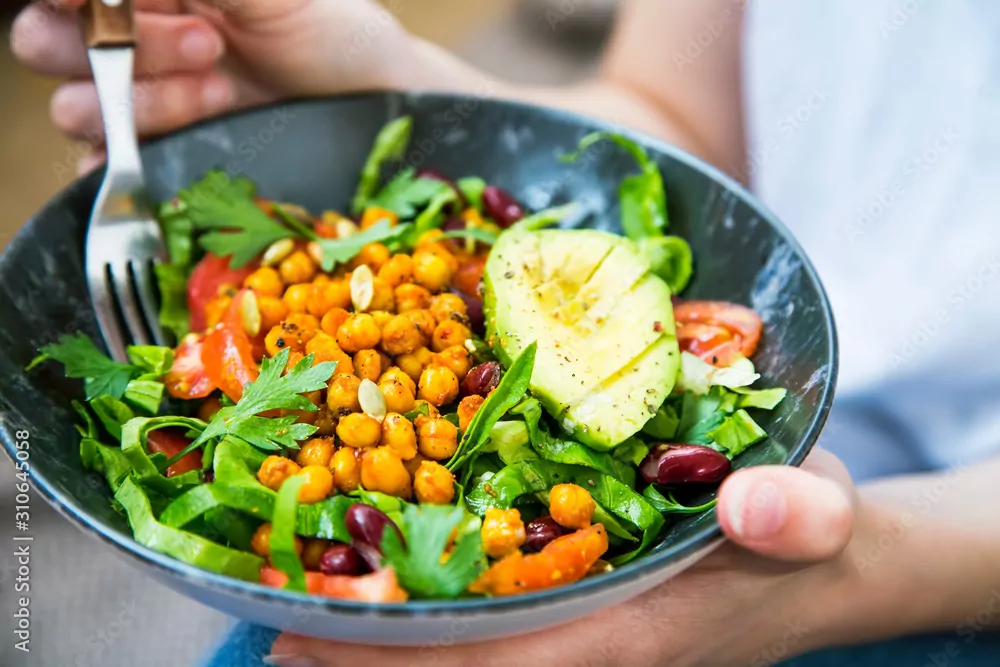
Eat More Plant-Based Foods
Now that you’re growing your own produce, why not take advantage and, well, eat it? Plant-based diets have a myriad of benefits: they’re healthy, they significantly reduce carbon emissions, and they save you money. Don’t worry about going fully plant-based – even a moderate reduction in animal-product consumption can make a big impact on carbon emissions.
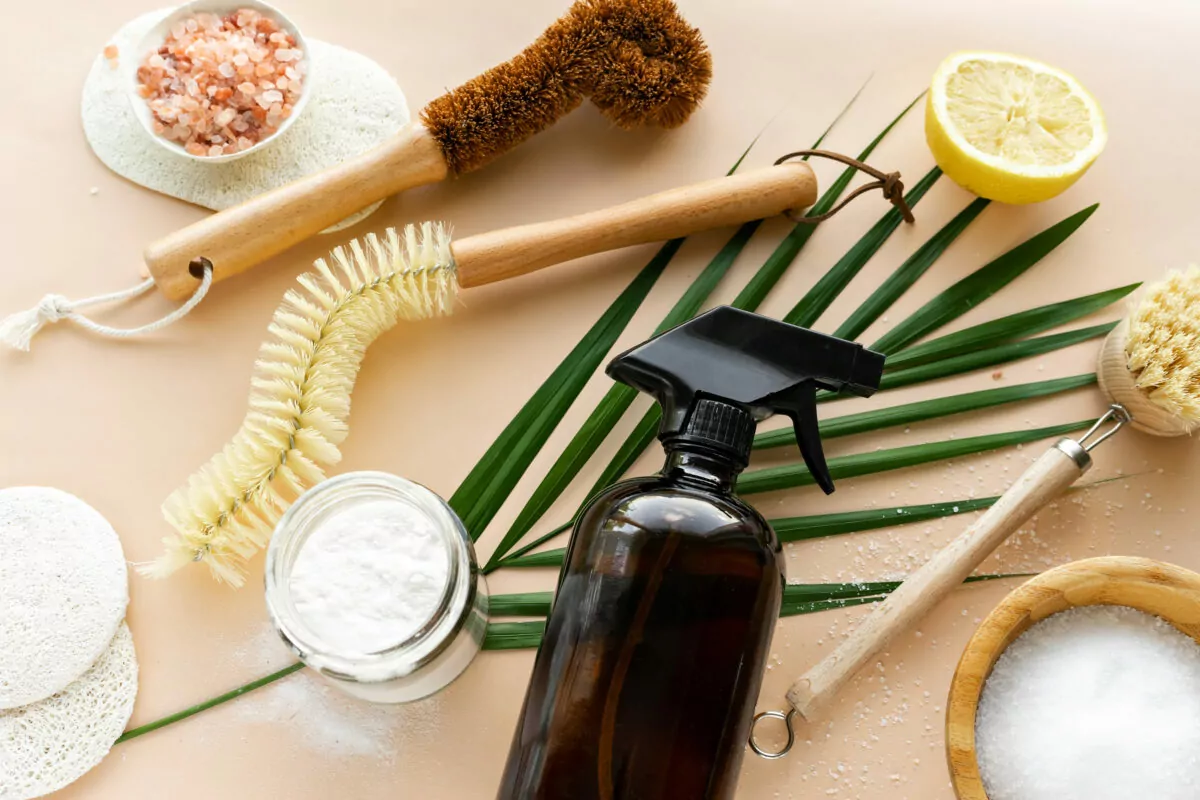
Make DIY Cleaning Products
Did you know that distilled white vinegar can replace almost all of your chemically-based home cleaners? Adding other natural ingredients like lemon juice to vinegar can create a powerful disinfectant that can eliminate 99% of bacteria from your kitchen and bathroom. Vinegar can replace everything from laundry detergent to glass cleaner, and wood and metal cleaner.
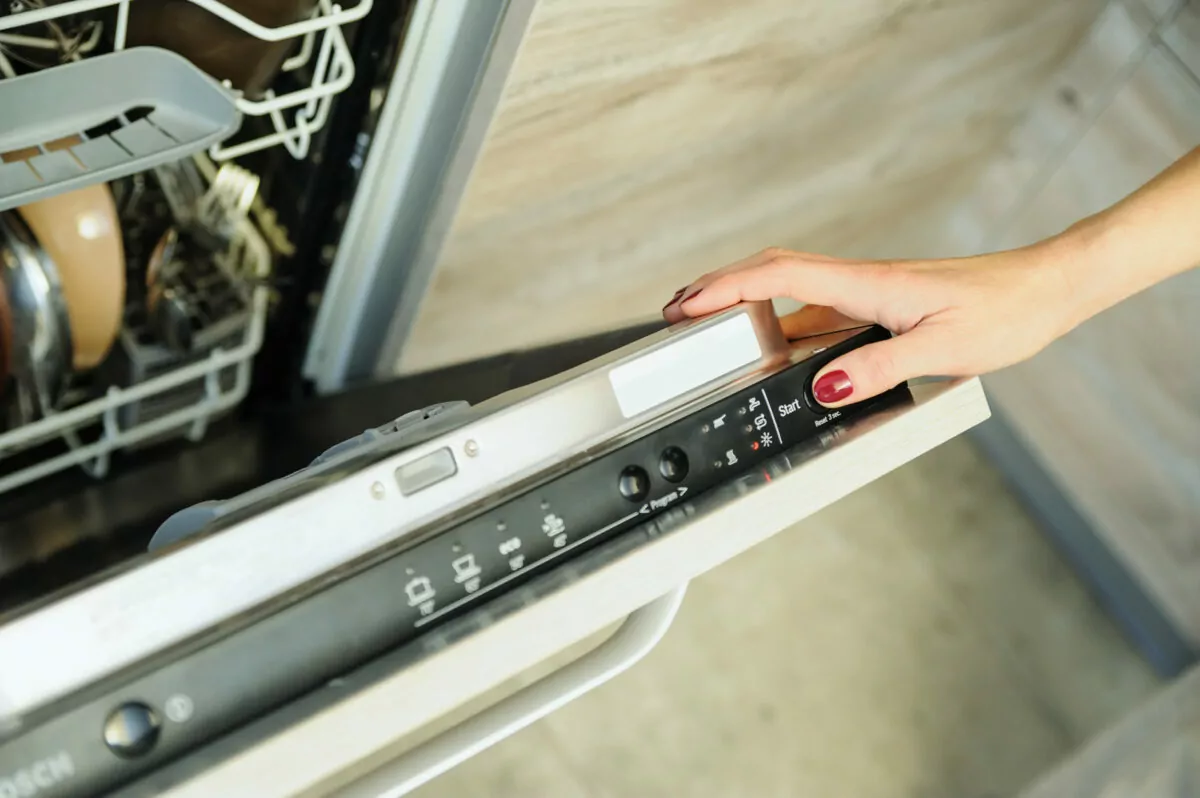
Find Ways To Save Electricity
One of the simplest ways to save electricity is by running your appliances outside of peak electricity-use hours. For example, peak demand period in California is between 4 and 9pm, so running your appliances at other times can save lots of energy. Check your local electric companies to find out when energy use in your area is at its highest. With summer season in full swing, you can also offset high electric bills by investing in solar panels, home insulation, and smart A/Cs (smart home installations are one of our specialties!)
